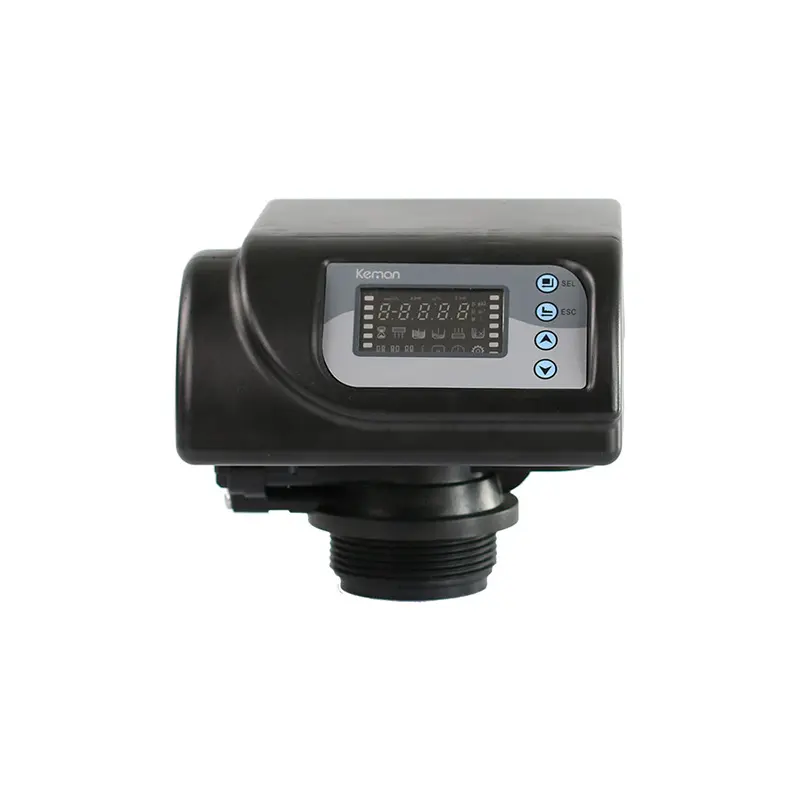Table of Contents
Pros and Cons of Using Underlayment for Floating Floors
When it comes to installing a floating floor, one of the key decisions you’ll need to make is whether or not to use underlayment. Underlayment is a thin layer of material that is placed between the subfloor and the floating floor to provide additional support, insulation, and soundproofing. While some people swear by underlayment for floating floors, others argue that it’s not necessary. In this article, we’ll explore the pros and cons of using underlayment for floating floors to help you make an informed decision.
One of the main advantages of using underlayment for floating floors is that it can help to smooth out minor imperfections in the subfloor. This can be particularly beneficial if you’re installing your floating floor over a concrete subfloor, which can sometimes have uneven spots or small cracks. By adding a layer of underlayment, you can create a more even surface for your floating floor to sit on, which can help to prevent any issues with the floor shifting or creaking over time.
Another benefit of using underlayment for floating floors is that it can provide additional insulation. Underlayment can help to trap heat and prevent cold air from seeping up through the subfloor, which can help to keep your home warmer and more energy-efficient. Additionally, some types of underlayment have built-in moisture barriers, which can help to protect your floating floor from any moisture that may seep up from the subfloor.
In addition to providing support and insulation, underlayment can also help to reduce noise. Floating floors can sometimes be noisy, especially in high-traffic areas or in homes with multiple Levels. By adding a layer of underlayment, you can help to absorb sound and reduce the amount of noise that travels through the floor, which can make your home a quieter and more peaceful place to live.
Despite the many benefits of using underlayment for floating floors, there are also some drawbacks to consider. One of the main disadvantages of using underlayment is that it can add extra cost to your flooring project. Underlayment materials can range in price, and the cost can quickly add up if you’re covering a large area. Additionally, some types of underlayment can be difficult to install, which can add time and labor to your project.
Another potential downside of using underlayment for floating floors is that it can raise the height of your floor slightly. This may not be a problem in most cases, but if you’re installing your floating floor in a room with low Ceilings or tight doorways, the added height from the underlayment could be a concern. Additionally, some types of underlayment can be prone to mold or mildew growth if they become damp, which can be a health hazard and require additional maintenance.

| Model | AFC2-LCD | AFC2-LED |
| Working Position | Filter->Back wash 1->Back wash 2-> Fast rinse -> Filter\u00a0 | |
| Regeneration mode | Automatic\u00a0 | Automatic\u00a0 |
| Time by day :0-99days | Time by day :0-99days | |
| Time by hours:0-99 hours | Time by hours:0-99 hours | |
| In (inlet of valve) | 1/2”F | 1/2”F |
| I1(inlet of first filter) | 1/2”F | 1/2”F |
| I2(inlet of second filter) | 1/2”F | 1/2”F |
| Drain | 1/2”M | 1/2”M |
| D1( Drain of first filter) | 1/2”M | 1/2”M |
| D2(Drain of second filter) | 1/2”M | 1/2”M |
| Water capacity\u00a0 | 2m3/h | 2m3/h |
| Working pressure | 0.15-0.6Mpa | |
| Power Supply\u00a0 | AC100-240V/ 50-60Hz \u00a0 \u00a0 \u00a0/ \u00a0 \u00a0DC12V-1.5A | |
In conclusion, the decision of whether or not to use underlayment for floating floors ultimately comes Down to personal preference and the specific needs of your project. While underlayment can provide support, insulation, and soundproofing benefits, it also comes with added cost and potential installation challenges. Before making a decision, consider the pros and cons outlined in this article and consult with a flooring professional to determine the best option for your floating floor installation.
